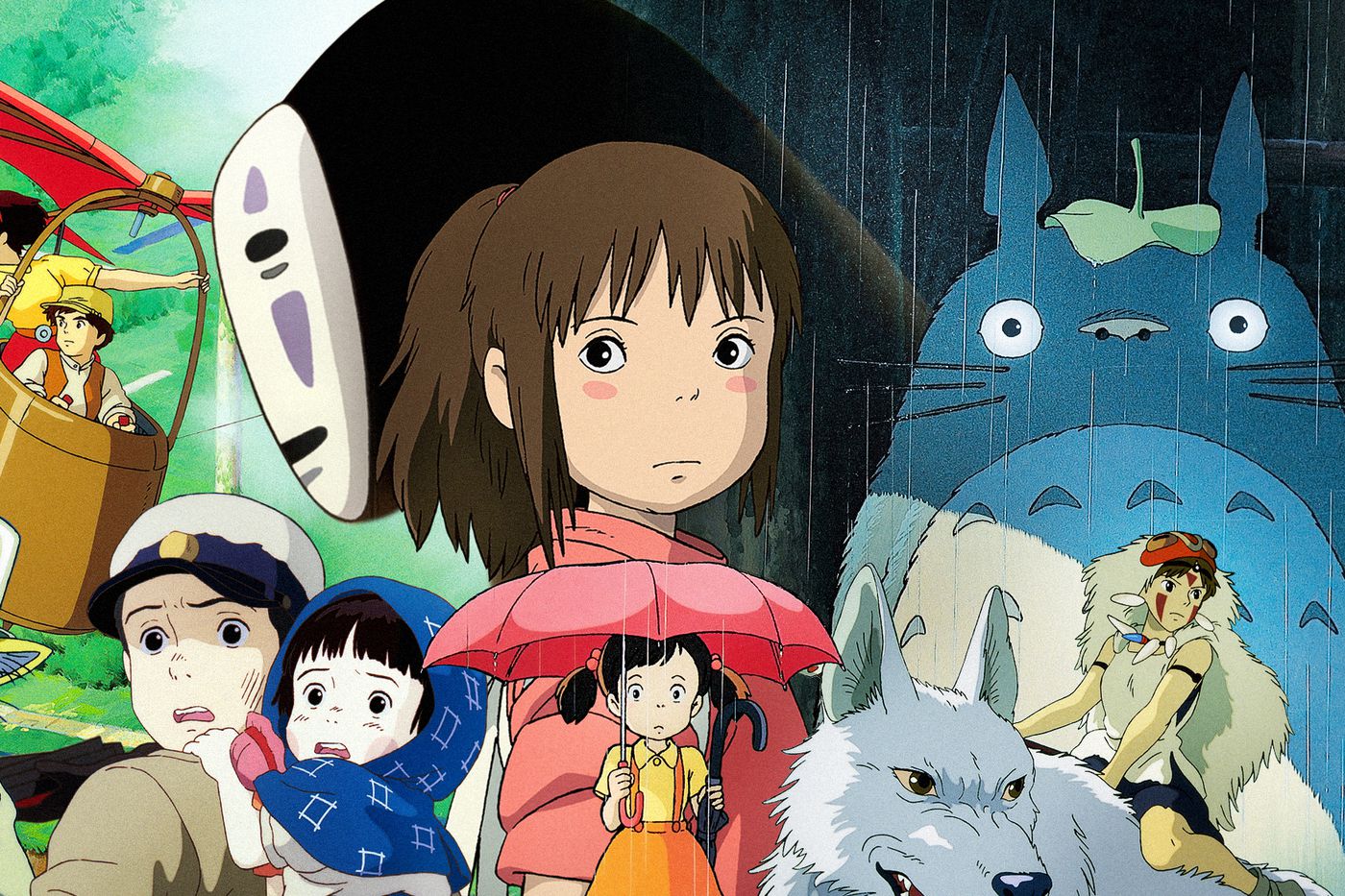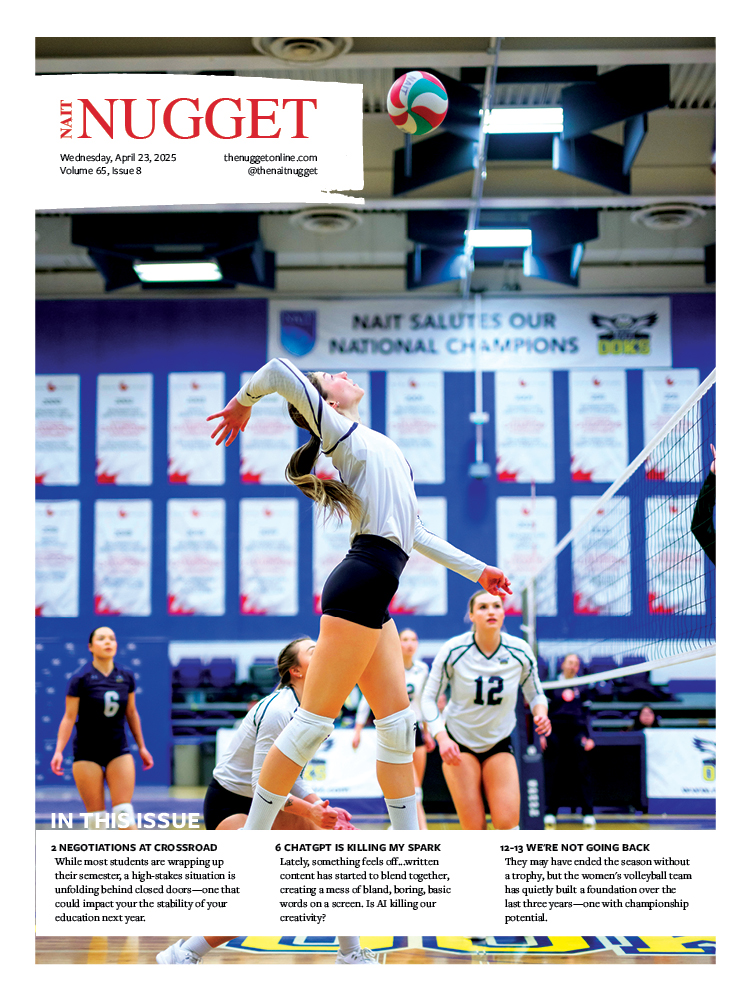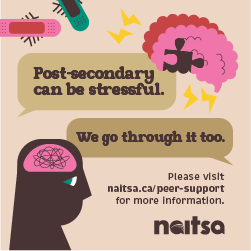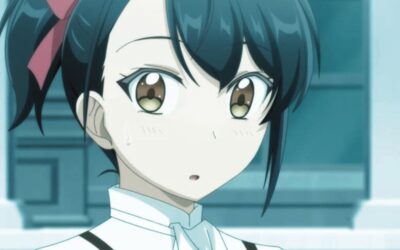By Alleah Boisvert
Mainstream shonen-style anime is loaded with ultra-powerful and heroic male protagonists. There’s Naruto, a hyper-active, arrogant, and goofy aspiring ninja. Or Killua, an assassin who is cold, calculated and intimidating. But Studio Ghibli, a Japanese animation film studio, has set itself apart. In a society dominated by gender norms where women are expected to be nurturing, passive, and sweet, nearly all of Studio Ghibli’s films feature strong female characters as their leads. Since the 80s, Studio Ghibli has pioneered female representation in anime and secured a spot within global pop culture and co-founder Hayao Miyazaki has formed many stories around strong-willed female characters who break the traditional stereotypes placed on women and girls. Many of Ghibli’s female characters even share the same traits as the shonen protagonists geared towards teenage boys.
Every Ghibli girl is unique, but they all have common ground in being passionate and determined. Here are some of Studio Ghibli’s most iconic female characters.
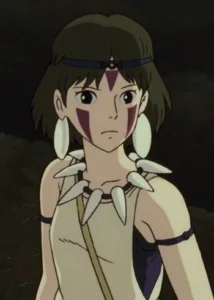
The Unrelenting: San (Princess Mononoke, 1997)
San lives amongst wolves in a magical forest threatened with destruction from a nearby iron town. She will do anything it takes to protect her pack and the Forest Spirits from the villagers, even if it means dying or sacrificing her humanity.
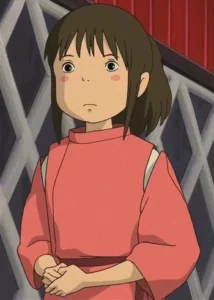
The Outspoken: Chihiro (Spirited Away, 2001)
Chihiro is a child that after getting separated from her parents, stumbles into a mystical bathhouse inhabited by spirits. She discovers her independence and voice, eventually becoming brave enough to face things no other ten-year-old would dare to. She’s not afraid to throw a little sass in, either.
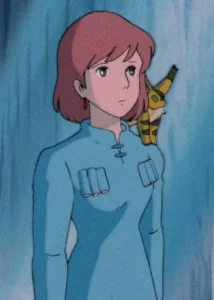
The Brave: Nausicaa (Nausicaa of the Valley of the Wind, 1984)
When it comes to heroines, Nausicaa is the whole package. She’s the Princess of the Valley of the Wind, but has dedicated her life to finding a cure for the poison from the Toxic Jungle near the valley. She’s willing to risk venturing into the jungle to communicate with the creatures there to find a balance between humans and insects.
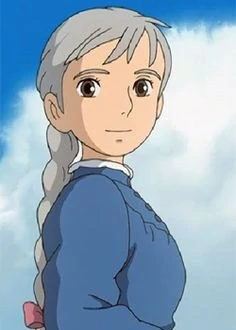
The Strong: Sophie (Howl’s Moving Castle, 2004)
Sophie turns into an old lady after a witch casts a spell on her, and her only hope is to seek help from the mysterious wizard Howl. Unfortunately, she can’t speak of the curse. Sophie gains the trust of Howl and his friends by completing tedious housework around the castle and acting as a stern and motherly figure who puts flighty Howl in his place. Even as an old lady, there’s nothing Sophie can’t handle on her own.
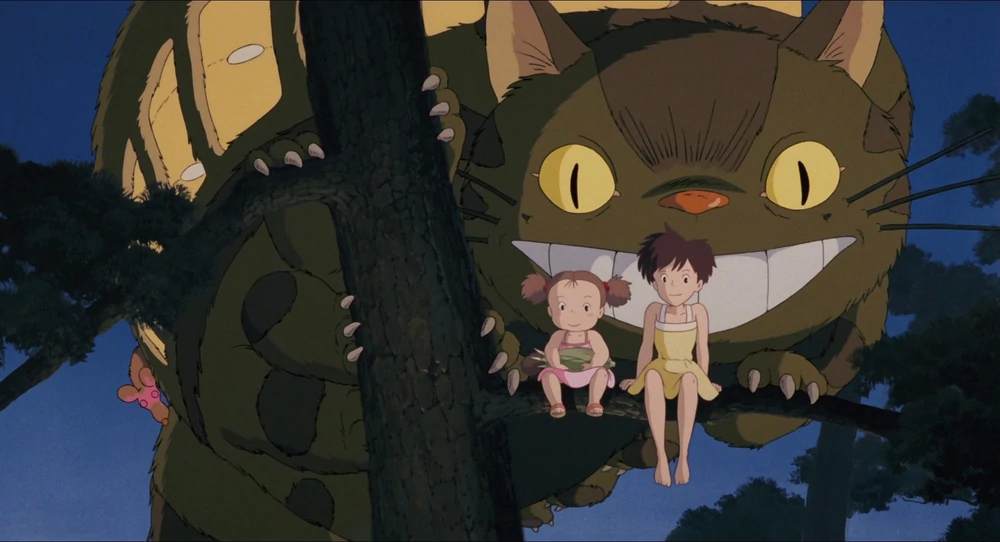
The playful: Satsuki and Mei (My Neighbour Totoro, 1988)
Satsuki and Mei are two little girls who move into a new home with their father to live closer to their chronically-ill mother. Although the girls face hardships in their lives, their optimistic and adventurous personalities allow them to bond with the spirits in the woods. Satsuki and Mei represent the importance of sisterhood and imagination.
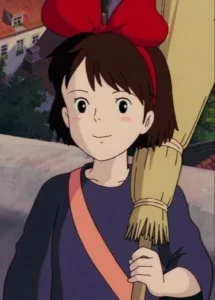
The independent: Kiki (Kiki’s Delivery Service, 1989)
Kiki is a 13-year-old witch-in-training who flies on her broom to Koriko, a bustling city that isn’t as welcoming towards witches as Kiki thought. Stubborn Kiki wants to prove her worth, so she starts her own business, takes on a dangerous flight amid a storm, and even single-handedly saves a citizen in peril.
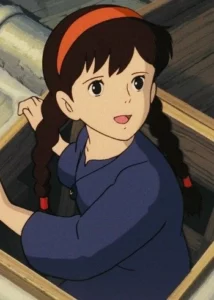
The intelligent: Sheeta (Castle in the Sky, 1986)
Sheeta is an orphan of royal descent captured by a government agent who is after a crystal heirloom in her possession. After falling from an airship, Sheeta befriends Pazu, another orphan, and the pair discover their connection to Laputa. This abandoned civilization utilized the same type of crystal that Sheeta’s enemies were fighting over.
Even when faced with danger and uncertainty, these female leads don’t second guess fighting for what they believe in wholeheartedly. They aren’t afraid to speak up for themselves, but are still selfless and kind. From skilled fighters to imaginative problem-solvers, Studio Ghibli has created a roster of Ghibli girls that are powerful in their own ways. Miyazaki benchmarked the representation of heroines in mainstream anime because that’s what he believed in.
“Many of my movies have strong female leads — brave, self-sufficient girls that don’t think twice about fighting for what they believe with all their heart. They’ll need a friend, or a supporter, but never a saviour. Any woman is just as capable of being a hero as any man.”
Hayao Miyazaki
(cover photo: James Bareham/Polygon)

